We address all optically the hole spin of individual (InGa)As quantum dots via spin noise spec- troscopy.
In our latest setup the sample is suspended in reflection geometry in a specially designed high-stability sample insert. This insert is inserted into a dry (pulse tube) refrigeration system that can cool the sample down to 1.7K. A super-conductive vector magnet can provide a magnetic field up to 1 Tesla in an arbitrary direction or up to 7 Tesla in the probe direction. The sample insert itself is a confocal microscope, where the positioning of the sample is done by a stage that is moved by combination of piezoelectric scanners and steppers. This setup is capable of probing single quantum dots with nanometer precision.
Previous experiments on the same material system yielded very long T1 spin lifetimes in the order of microseconds. By changing the direction of the external magnetic field T1 and T2 dynamics can be observed separately. Also, recent measurements have given detailed insight in the charge dynamics of individual quantum dots.
In case of an external magnetic field parallel to the probe laser direction, we enlarge the lifetime of the hole spins due to the suppression of hyperfine interaction. For moderate magnetic fields up to 1.4 T, this leads to a T1 time in the range of milliseconds. The exact behavior and relaxation mechanisms in these moderate magnetic are still to be characterized.
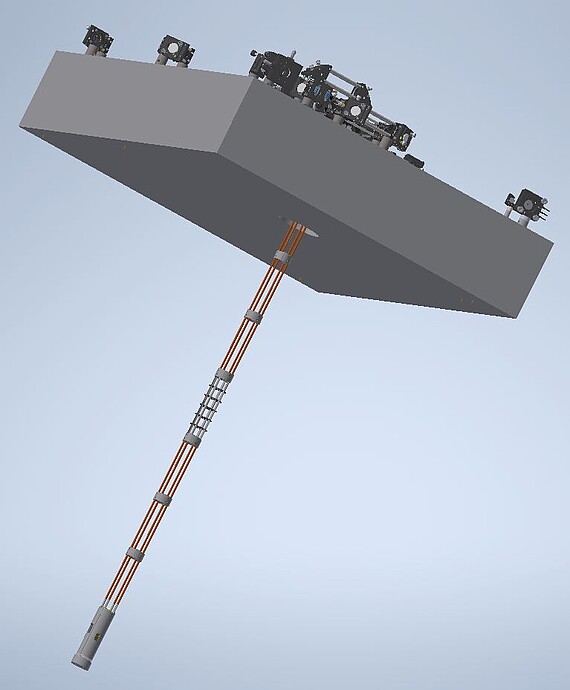
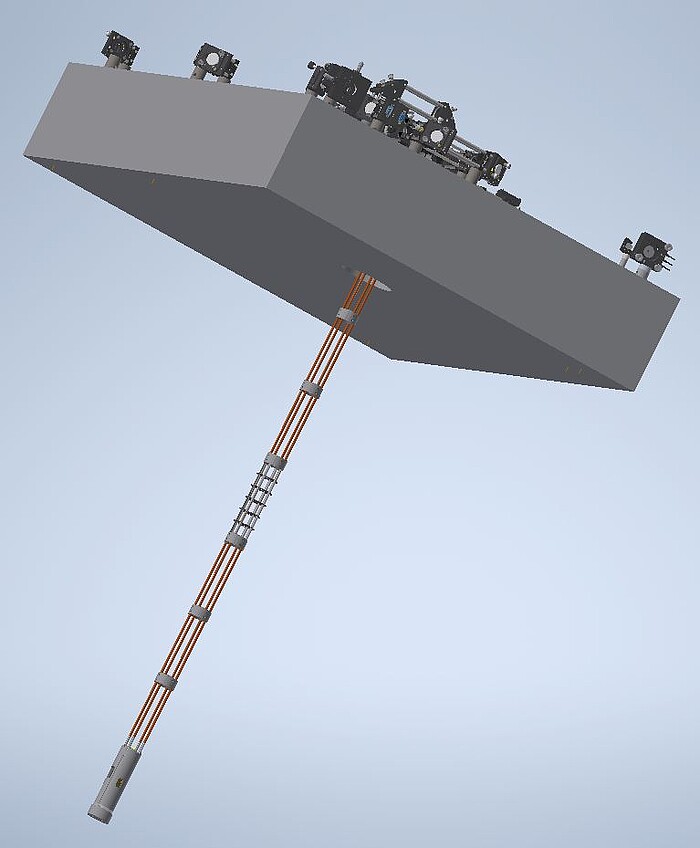
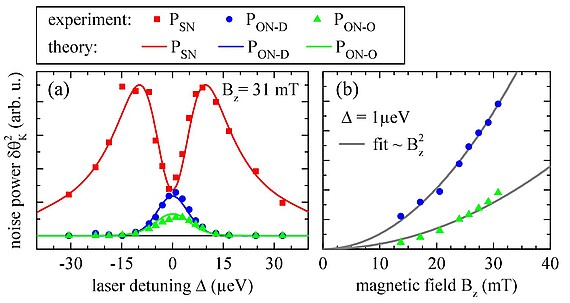
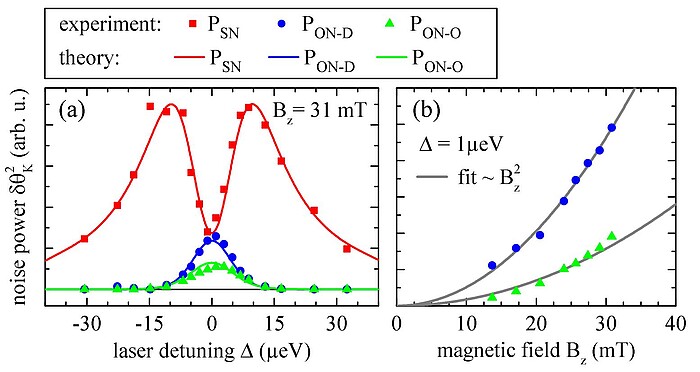
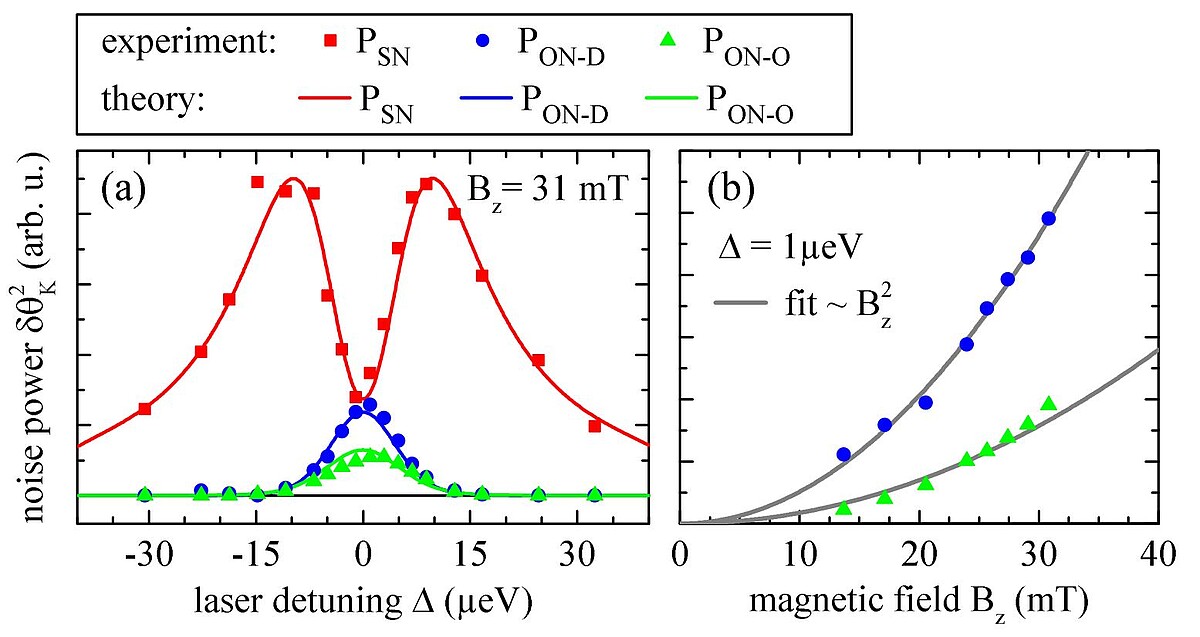
Ongoing experiments will investigate the spin dynamics at higher external magnetic fields up to a few Tesla. Here, phonon assisted spin relaxation will be dominant and decrease the spin lifetime again. Additionally, a strong temperature dependence of the spin lifetime is proposed which has to be verified.
Currently the spin noise measurements are limited by electrical noise of the balance detector. To enable shot noise limited measurements a homodyne detection scheme needs to be adapted to the setup. Recent experiments on Rubidium vapor demonstrated optical amplified spin noise measurements via homodyne detection.
Person of contact
30167 Hannover
